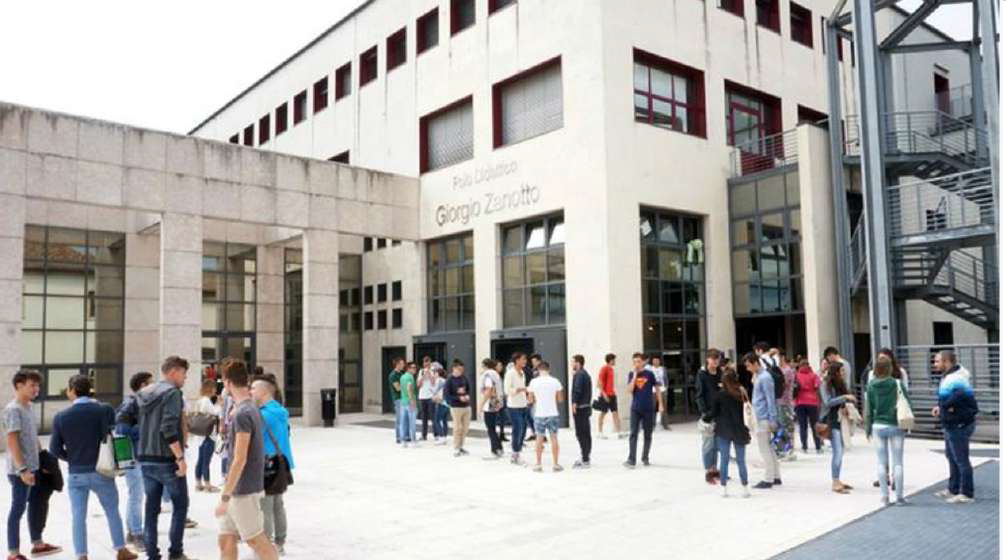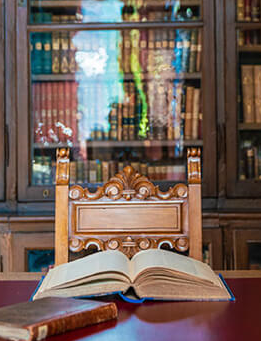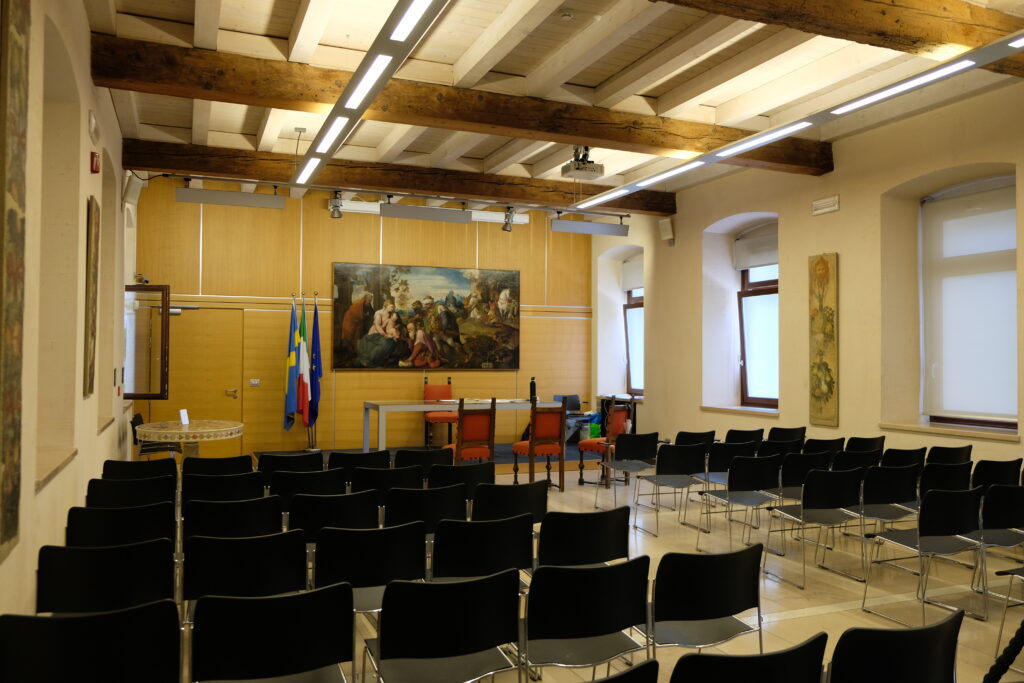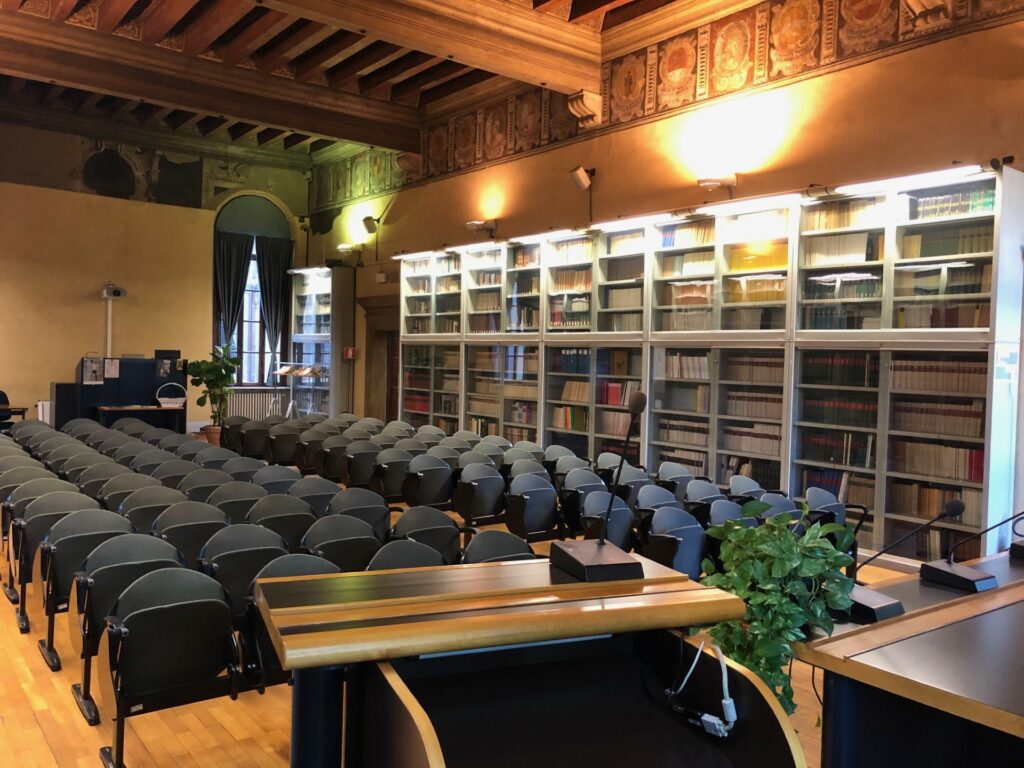VENUES

Polo Santa Marta
The University Site of Santa Marta is located in a huge complex of military architecture, originally used for the production and storage of bread, flour and other troop rations. The building, dating from 1863–1865, was one of the most impressive logistics structures in the Austrian stronghold in Verona, Italy’s most important military city, and one of the most significant in Europe. After the annexation to the Kingdom of Italy, the building remained in use for over a century, with a variety of new functions, until the 1990s. The work of architectural restoration involved careful qualitative research and the use of innovative technologies. One example is the state-of-the-art geothermal plant for renewable energy. The renovation work was awarded the Gold Medal for Italian Architecture at the Milan Triennale
in 2015.
Polo Zanotto
The Department of Cultures and Civilisations carries out theoretical and applied research in the areas of history, art history, archaeology, geography, literature and comparative literature, Italian philology, classics, linguistics, language theories and performance arts.

Società Letteraria
The Società letteraria di Verona (Verona Literary Society, https://www.societaletteraria.it/) was founded in 1808 by Veronese private citizens interested in reading and understanding the world together, expressing the desire to foster the sciences and the arts. In its long history, the Society has experienced the great changes and crises of Italian culture. The Society welcomes all democratic socio-cultural, political, and religious orientations. Its president is Dr Daniela Brunelli. The Society is located in a recently renovated, sixteenth-century building facing the Arena in Piazza Bra (Piazzetta Scalette Rubiani 1, Società Letteraria di Verona – Google Maps). The building is on two floors. On the first floor one can find the Sala Conferenze Carlo Montanari (ca. 90 seats) whereas, on the second floor, there is a hall for seminars (ca. 30 seats). The historical archive of the Society is of particular note in order to understand the rich history of Verona, esp. that of the nineteenth century. The library preserves around 100,0000 books, including manuscripts and sixteenth- and seventeenth-century editions.


Juliet’s Tomb and the G.B. Cavalcaselle Frescoes Museum
In Luigi da Porto’s Romeo e Giulietta, published in 1530, the cemetery of the Church of San Francesco al Corso in Verona was indicated as Giulietta’s burial place. The church, founded by the Friars Minor in 1230, was rebuilt in the seventeenth century. One tradition identifies the tomb as a medieval sarcophagus re-used in the sixteenth century as a fountain basin. At the close of the sixteenth century, when William Shakespeare wrote his theatrical version of the Romeo and Juliet story, the tomb was already closely associated with this famous love. From the eighteenth century on, a visit there was de rigueur for northern European travellers passing through Verona, and this tradition has continued in the age of mass tourism. In 1970, as an added attraction to Juliet’s final resting place, it was also decided that the site should host, in the rooms of this former convent, a museum, named after Giovanni Battista Cavalcaselle (1819-1897), a pioneer in the fields of art history and modern restoration theories. In the nineteenth and twentieth centuries it was thought that the best way to safeguard frescoes was to detach them from the walls on which they were painted. These and other works have been added to the museum collection, which was completed in 2015. Here, the beauty of the paintings testifies to the fame of Verona as an urbs picta: a city much admired by travellers for the colourful frescoes on the façades of various buildings.
Museum of Natural History – Palazzo Pompei
Sala Ruffo, named after Sandro Ruffo, an eminent Italian naturalist, is the conference room of the Museum of Natural History’s Conference Room, located on the second floor of Palazzo Pompei, is used for conferences, conventions, meetings and courses. It has a capacity of 96 seats, 6 seats for speakers and a small secretarial and reception desk. Verona’s Museum of Natural History was opened in 1833 while Palazzo Maffei, built by Renaissance architect Michele Sanmicheli, dates back to the sixteenth century.

Accessibility
Please note: the Congress programme is set to take place across a number of venues in the city centre of Verona. If you would like to take part in a number of different sessions, please be aware that this will involve walking between venues. No transport between venues will be provided.
Each venue will be provided its own accessibility information in due course.
If you have a disability, specific accessibility requirements, or queries regarding accessibility, please contact us on general_info@wsc2026.org.